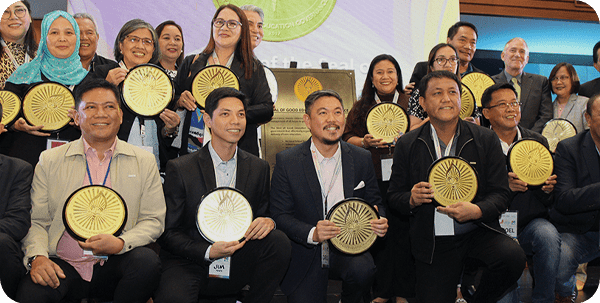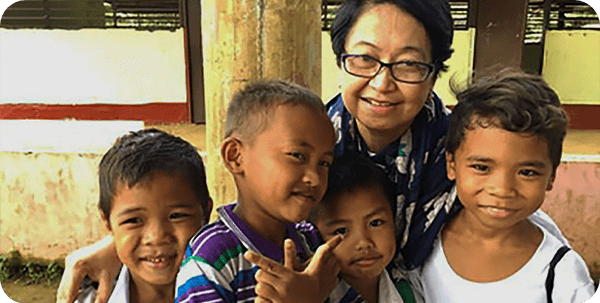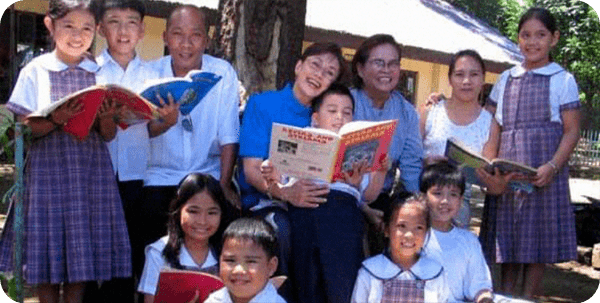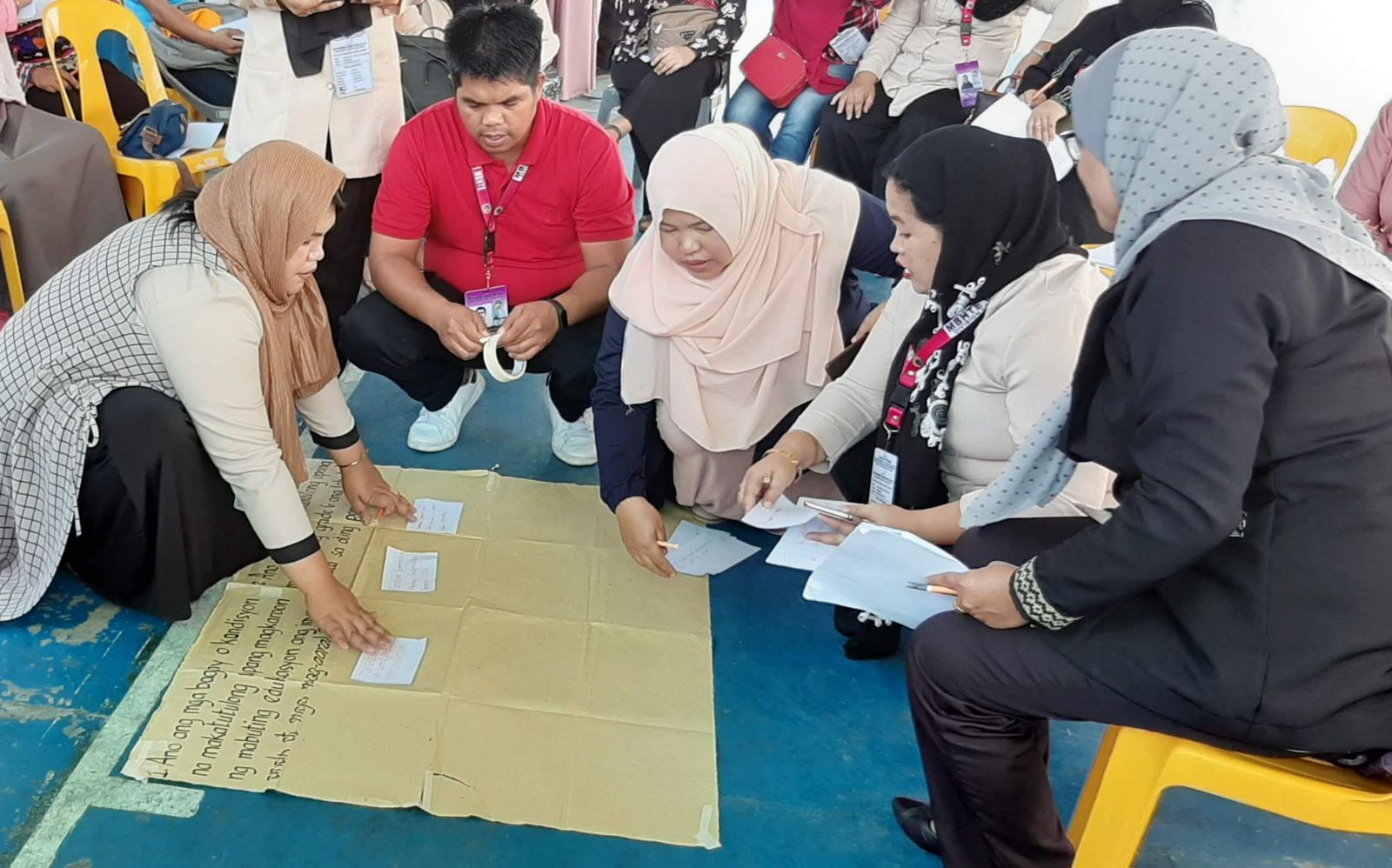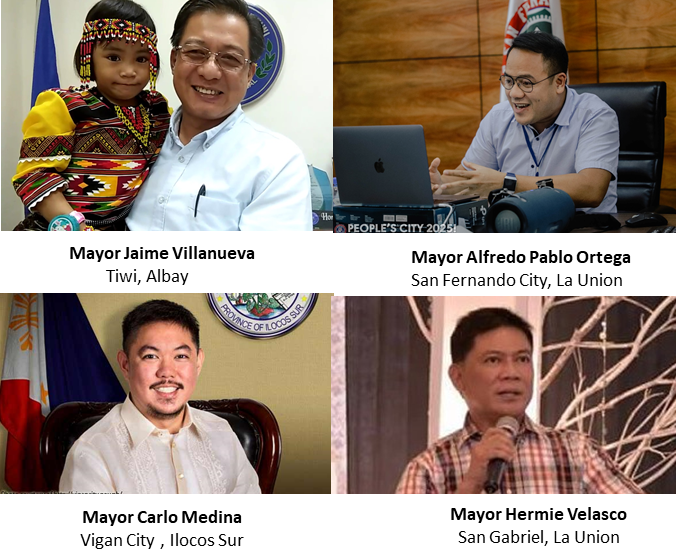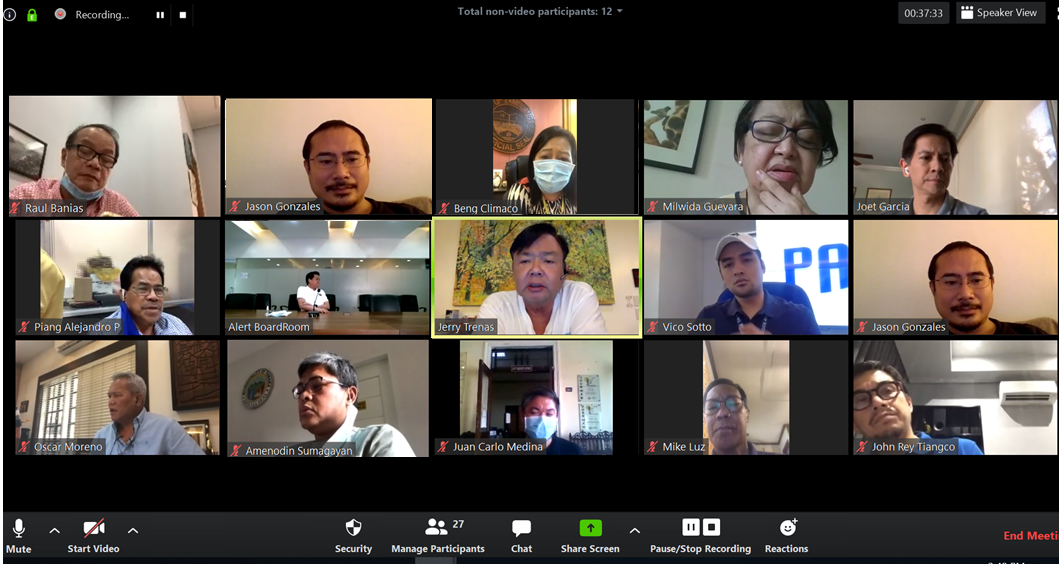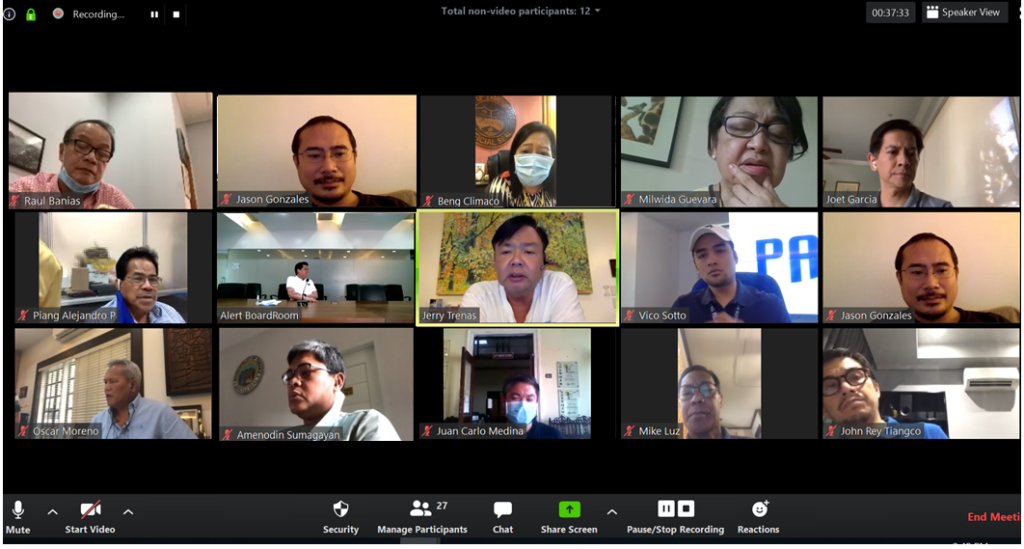- CONSOLIDATE community ownership of the dream to enable all children to complete a good basic education. Inspired by our belief that everybody plays a role in achieving this goal, Synergeia partners with local governments and builds their capacity to be more participatory, strategic, and holistic in addressing the problem of education, and ultimately,poverty.
- CAPITALIZE on value-enhancing collaborations and partnerships. Synergeia believes in the power of collaboration and partnerships to raise the efficacy of its programmes, expand their reach and anchor their success on long- term sustainability.
- CREATE a culture of empowerment. Synergeia conducts town hall meetings and education summits to inform the communities on how their children perform in schools. Together, we discuss programs that we can do together to strengthen theirperformance.
- CHANGE and build capacities for improved learning and governance outcomes and develop a strong sense of community spirit.
Synergeia’s approach as an enabler is characterized by our 4Cs strategy:
1. Building a Learning Community
For many municipalities like Masiu, Mamasapano, Matanog, Omar and Tamparan, it was their first-ever education summit. It was their first experience to learn that learning performance can be measured. They talked about how many children are in school, how many drop out of school and how many can read well. For many of them, schooling is just matter of attendance.
The education summits were enlivened by the attendance of LGU officials led by the Mayor. It impressed upon them that education must indeed be important because the Mayor is there. It was an occasion for them to have workshops with the principals and teachers where parent were not listeners, but participants. Their ideas were welcome and listened to.
The state of education in their communities was not to gloat about. Fifty percent (50%) of children in Buluan cannot read well. Only 30% of children who enter Grade 1 in Tamparan are able to reach and finish Grade 6. Children in Matanog and Mangudadatu get only 3 correct answers out of 10, on average, in the national achievement tests. It was their wake-up call that pushed them into action. The Mayors led their battlecry: they can improve their state of education if they work together.
Table 1. State of education in Selected Municipalities in BARMM, January – March 2020
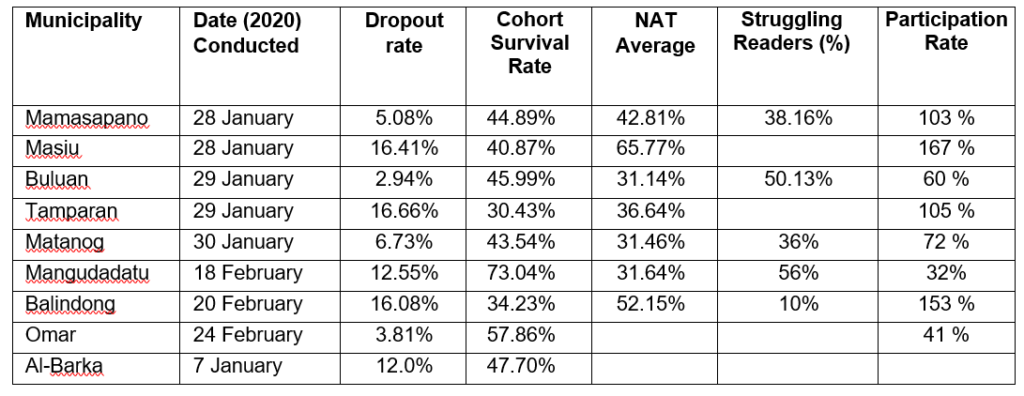
Education summits do not end in sadness—they end with a call to action. The summit participants worked together to draft their action plans.
Mamasapano’s Education Summit. FormerMayor,now Vice Mayor, Benzar Ampatuan was happy with the improvement of their dropout rate and participation rate. But he expressed dissatisfaction with the other performance indicators. He refused to attribute the latter to their town being located in the rebel area of the Liguasan marsh. He urged all stakeholders to work with him so that their children can have better opportunities through education. He realized the importance of measuring performance through data and indicators and instructed the municipal planning officer and district supervisor to regularly report these data to the Local SchoolBoard.
In the workshop discussion, the teachers and LGU employees raised that students cut their classes because of computer gaming. It does not help that they have poor reading skills and low reading comprehension. Classes are packed with a teacher-student ratio of 1:100. Students are being recruited by war soldiers especially in Libutan Elementary School which is near the war zone of the BIFF and ISIS.
But summits are not all about complaints. They should end in community-based solutions. After discussing the difficulties that children face, the participants were asked two questions:
- What factor can help their children to complete a good basiceducation?
- How will they will their children learn better and complete theirschooling?
Here are the answers from Mamasapano:
On question 1:
- Parent’s support/involvement in the activities of their child –supporting and enhancing the emotional development of their child and monitoring their child’s activities.
- Adequate nutrition/good health to their child – when students are well nourished, they are able to learn better.
- Competent teachers – in order to provide quality learning, teachers need to improve their own professional practice.
On question 2:
- Proper nutrition for their child/student by conducting feeding program where PTA members volunteer as kitchen crew and the LGU provides for the transportation.
- Parent’ss upport.Parent’s play a vital role in their child’s education. Good manners and right conduct are learned at home.
- Being competent teachers. Teachers’ competency improves the teaching-learning process in schools.
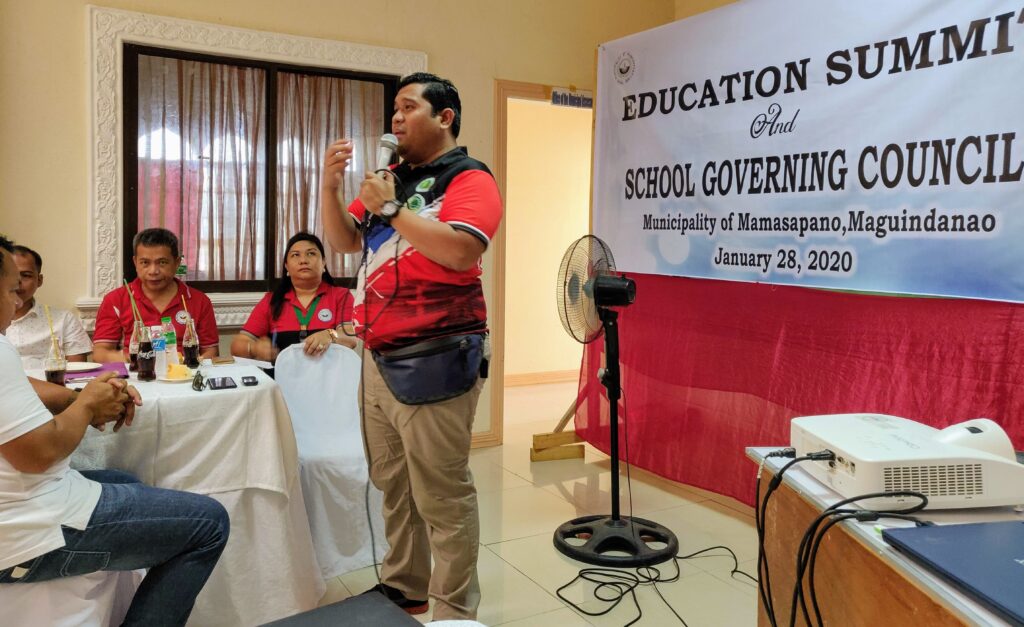
Masiu’s Education Summit. January 28, 2020 marked a milestone inMasiu, Lanao del Sur. It was their first education summit. The important link between good education and better means of livelihood was underscored by the Municipal Administrator. He exhorted the teaching force of Masiu to do their best in teaching the children who are the future of Masiu.
The principal of Masiu Central Elementary School explained that the increase in enrolment was due to IDPs who came from Marawi City and resettled in Masiu as a result of the Marawi siege. She also noted poor financial status and child labor as the major causes why children drop out of school. Parents give importance to children lending an extra pair of hands. The parents would excuse their children from school in order to go fishing which is the town’s main income source.
During the workshop, Masiu stakeholders identified the following as conditions that can result in good education for children: stakeholders’ participation, financial support, parents’ cooperation and conducive learning environment. They said they can help through constant stakeholders’ meetings, coordination with LGU and barangay officials, and capacity building for parents, teachers and barangay officers.
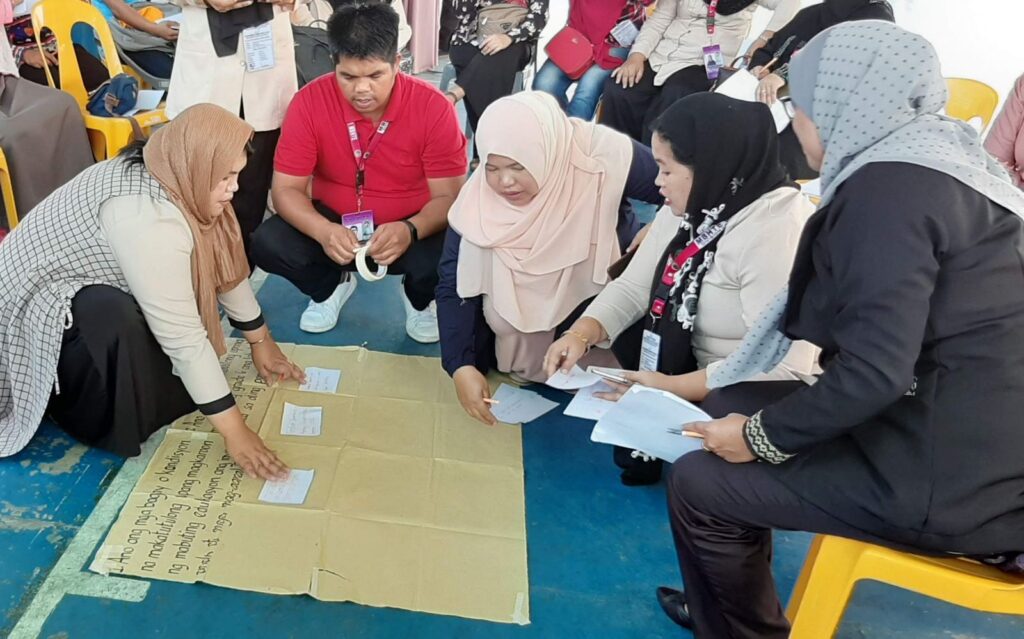
Buluan’s Education Summit. Faced with low performance of learners, participants in Buluan identified these conditions as necessary for attaining good education of children: parents’ support, good governance, competent teachers and conducive learning environment. They said they can help by conducting remedial reading classes, parents’ training, teachers’ training and assessment and data management.
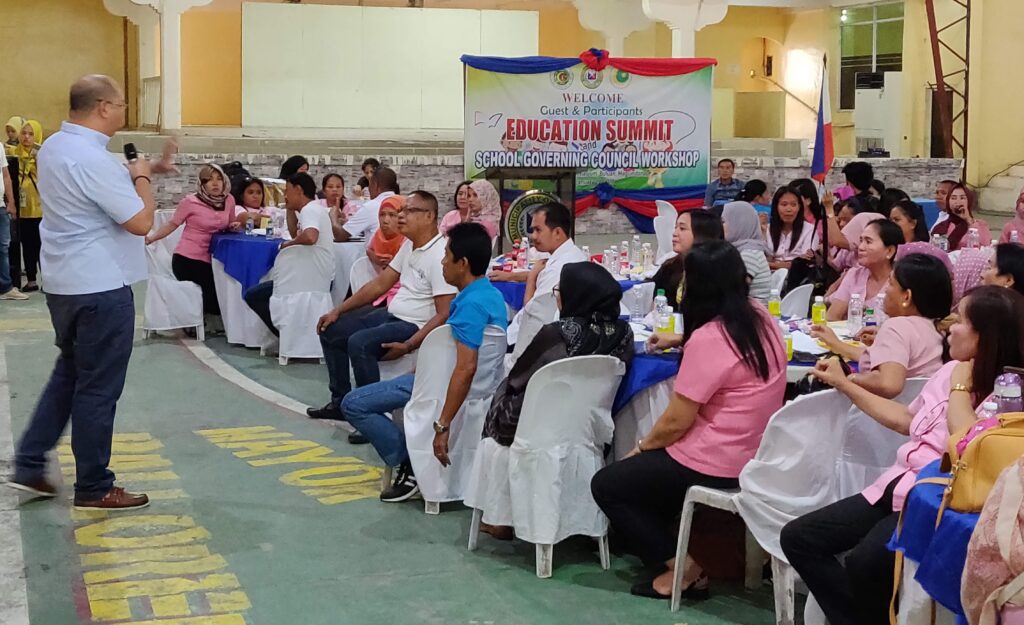
Tamparan’s Education Summit. For Tamparan stakeholders, the support and coordination of the different stakeholders in the community is the topmost condition that could bring about good education for children. Breaking this down, they identified strong parents’ participation in their children’s education, competent teachers, good school facilities, instructional materials, permanent district or school head, supportive LGU and BLGU, and clean environment.
What every individual can contribute included: having monthly meetings between parents and the LGU, rigid training of teachers, parents’ support and workshop, giving pupils guidance in learning, providing sufficient instructional materials, and good school chairs “para sumaya naman ang mga bata (so children will be happy).”
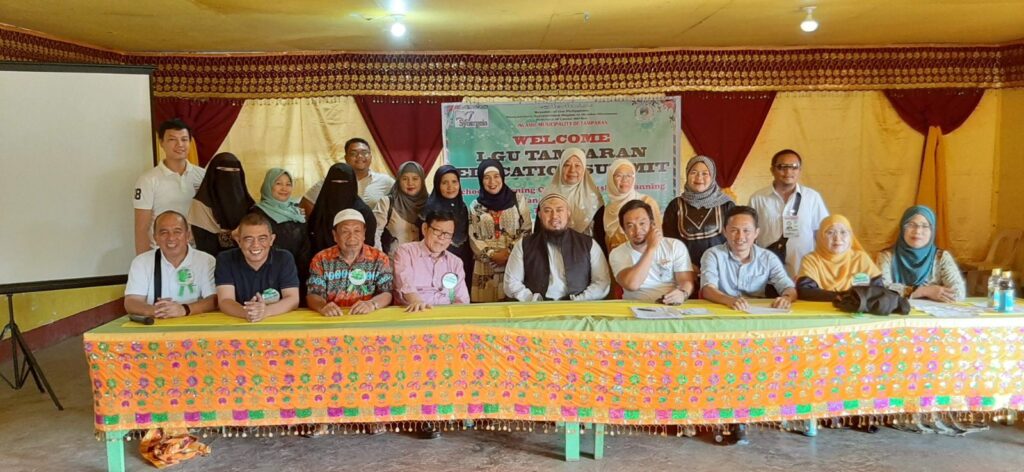
Matanog’s Education Summit. Matanog suffered because of the ill-effects of the war against the MILF in the year 2000. The residents acknowledged that they badly needed to improve their education system and Mayor Mohammad-Ali Guro hoped that with the remaining two years of his term, it would not be too late for Matanog. They lacked classrooms with existing classrooms bursting with 70, sometimes 100, students. Their NAT score is very low at 31.46%, and one-third of their students, 36%, are poor readers.
During the workshop, the participants identified the following factors as necessary to improve
education: parents’ support, teacher competency, conducive learning environment and remedial reading classes. When asked what they can do, the teachers committed to teach with a heart, have better time management, hold remedial reading classes, avoid laziness and tardiness, build a good relationship with parents, support GMRC subject and support the ‘no read, no pass’ policy. On the part of the PTA and barangay officials, they committed to a closer coordination between teachers and parents, and avoid child labor.
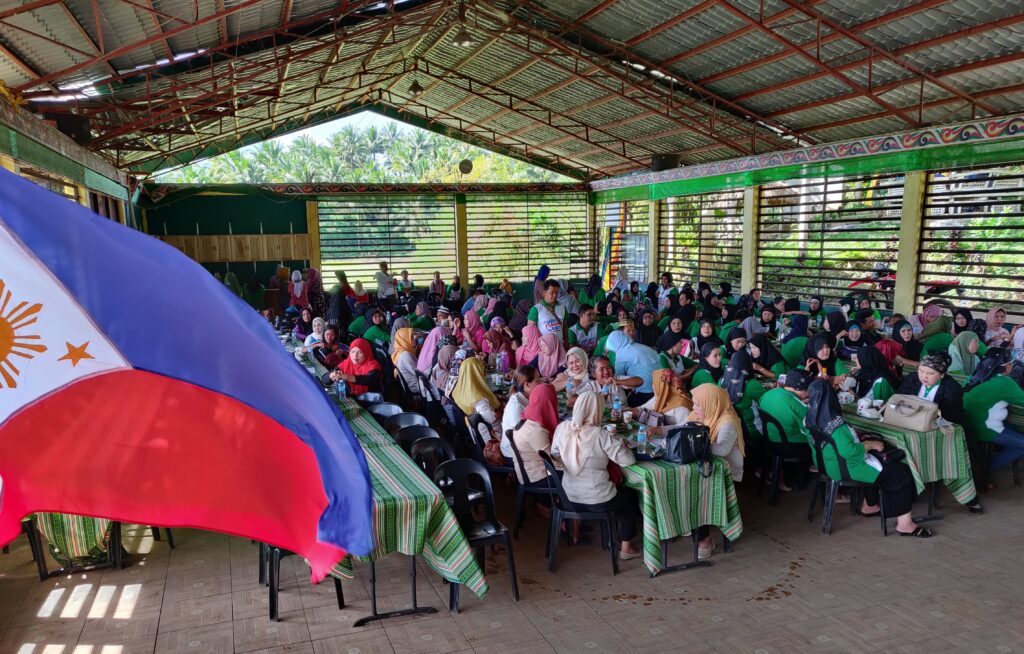
Mangudadatu’s Education Summit. Mangudadatu was another first-termer in holding an education summit. They had a Big Brother to assist them— Mayor Abubakar Paglas of Datu Paglas lent his presence to provide support and mentoring. He inspired them with the success of his education programs that was achieved through the involvement of all stakeholders in the community. This is the key to a successful education program.
Mayor Mangudadatu zeroed in on the reading problem noting that 56% of children are struggling to read and that many students in Grade 6 are still unable to read well. Parents needed to be mentored on parenting and to be more involved in the school activities of their children. Teachers would be helped by capacity building workshops. The LGU committed to support a comprehensive capacity building program.
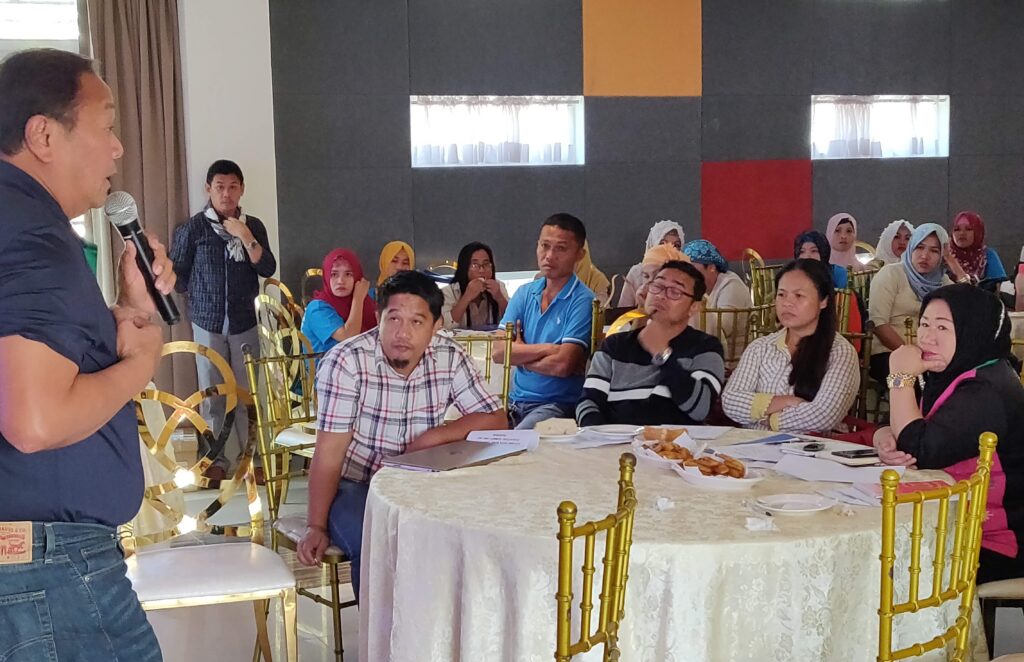
Balindong’s Education Summit. Mayor Benjamin Bagul’s personality can be deceiving. He can be brash at times, but he has a soft spot for children. He led the education summit last February 20, 2020, and emphasized the need for improving the quality of education in his town. Only 6 out of every 10 students are proficient in reading and they need to help the instructional and frustration readers. He stressed that the community must help in raising more revenues so that they can finance the needed education programs.
As workshop outputs, the community identified the following factors as contributory to a good education:
- Parents’ support to the children (specifically the slow and non-readers) and the teachers
- Innovation (i.e. computer literacy)
- Complete, well-equipped classrooms; conducive buildings and facilities for learning
- Teachers who are competitive and who teach by area of specialization,and
- Good mental health and well-being of both the students and the teachers.
As members of the community, they identified what they can do to improve the welfare of children:
- Empowering the alumni association
- Having PTCA Meetings and distribution of SRC (School Report Card)
- Love of work
- Build good relationship with the stakeholders
- Teachers’training
- Computer literacy training for teachers
- Regular consultation of stakeholders,and
- Licensed Guidance Counselors.
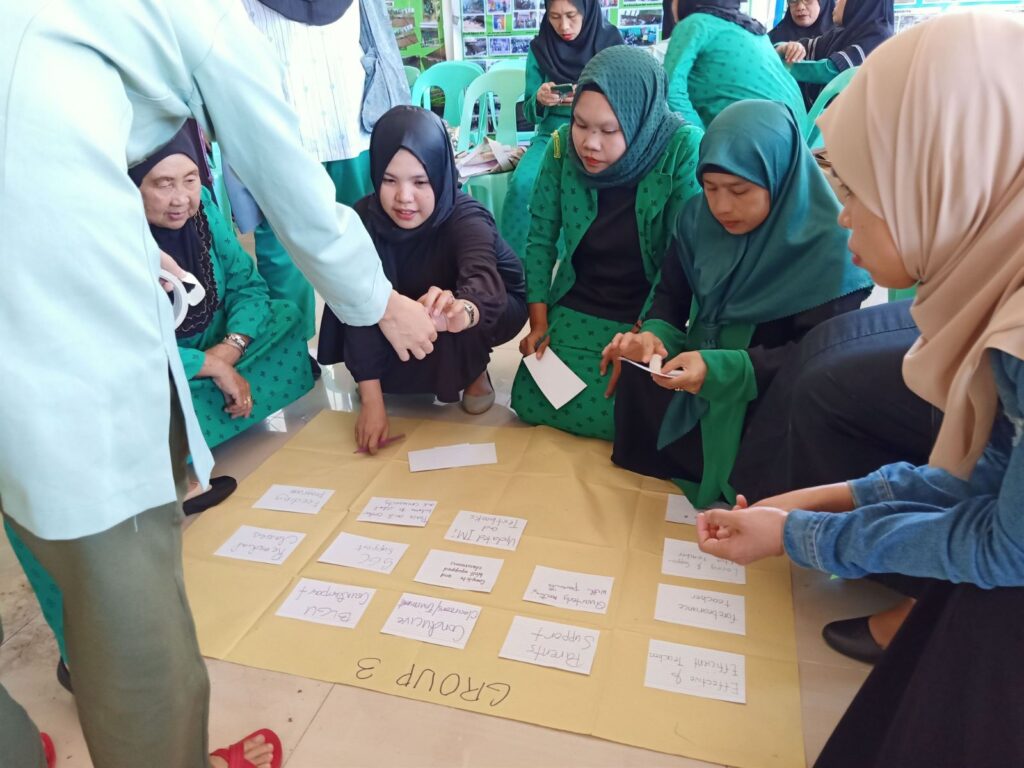
Omar‘s Education Summit. The ZamBaSulTa Regional Education Council meeting in Zamboanga so inspired Mayor Hadji Abdulbaki Ajibon. He wanted to be like his peers—an Education Mayor. He is now fully committed to improve the state of education in Omar. The Mayor promised his full support for education but he stressed that he can only succeed if the community will wholeheartedly support his leadership.
The workshop participants were asked to answer the question “Ano ang kwento ng mga bata sa Omar? (What is the story of children in Omar?)” Their stories revolved around the following plots:
- Presence of slow readers andnon-readers;
- Lack of teachers
- Poverty and livelihood;
- Geographical location of the school–school is far from the children’s homes;
- No “baon” (snack or money to buy snack) so students would rather be absent from school; and
- Infrastructure problem.
The second question was “Ano ang gusto nating mangyari sa kwentong ito? (What do we want to do about their stories?)” They were ready with their responses:
- Provide books, classrooms and other facilities including chairs;
- The presence of the SGC should be felt by way of helping to address the problems of the school;
- Crafting of policies to be adopted by the SGC;
- Address the lack of school library; and
- Implement a remedial reading program. As suggested, they can make it a habit to allocate a few minutes to conduct the reading intervention program.
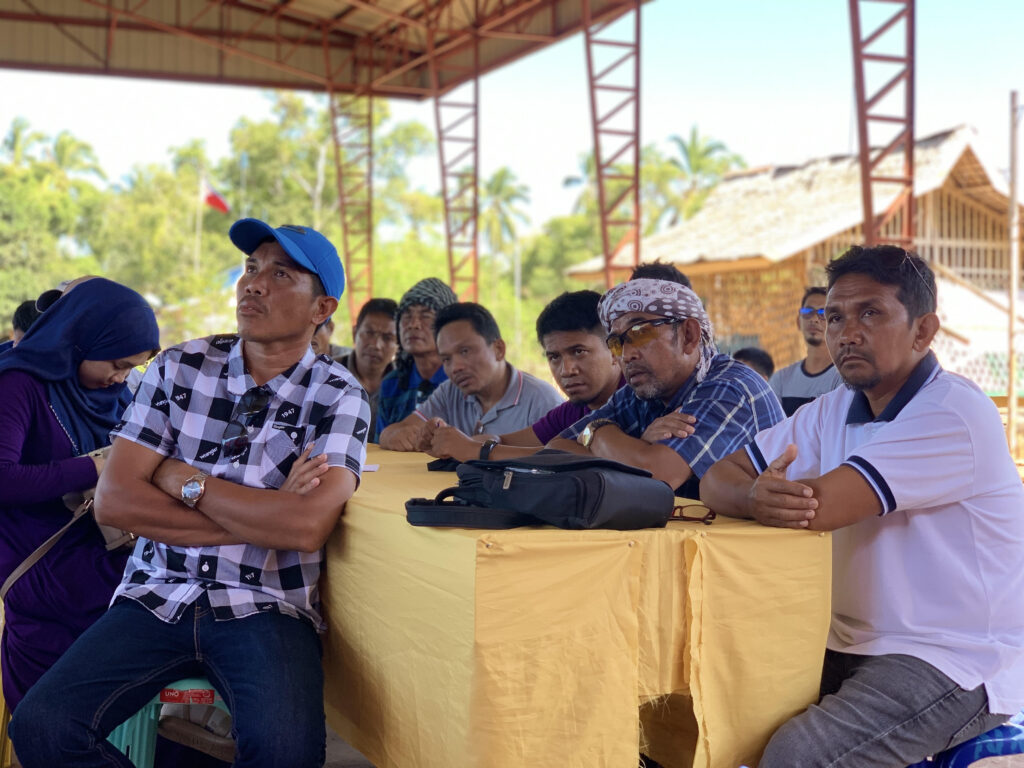
Al-Barka’s Education Summit. The mayor of Al-Barka was filled with gratitude. At last, peace has come to their municipality after years of conflict and “plague.” He was profuse with thanks for their partnership with the military, barangay leaders and parents that made peace possible. Now, the Mayor said that they were facing another war—the war on ignorance. He called on SGC and LSB members to ensure continuous support for teachers, monitor the performance of children, and hold regular meetings on the concerns of schools. He himself was profuse with plans: the construction of a reading center in every school, to hire more volunteer teachers, and the creation of “kusina ni Inah (mother’s kitchen)” to address the problem of malnutrition among children. He announced the creation of a monitoring and evaluation team to monitor the performance of school children and teachers regularly. The results of their M and E will be regularly reported to the community.
